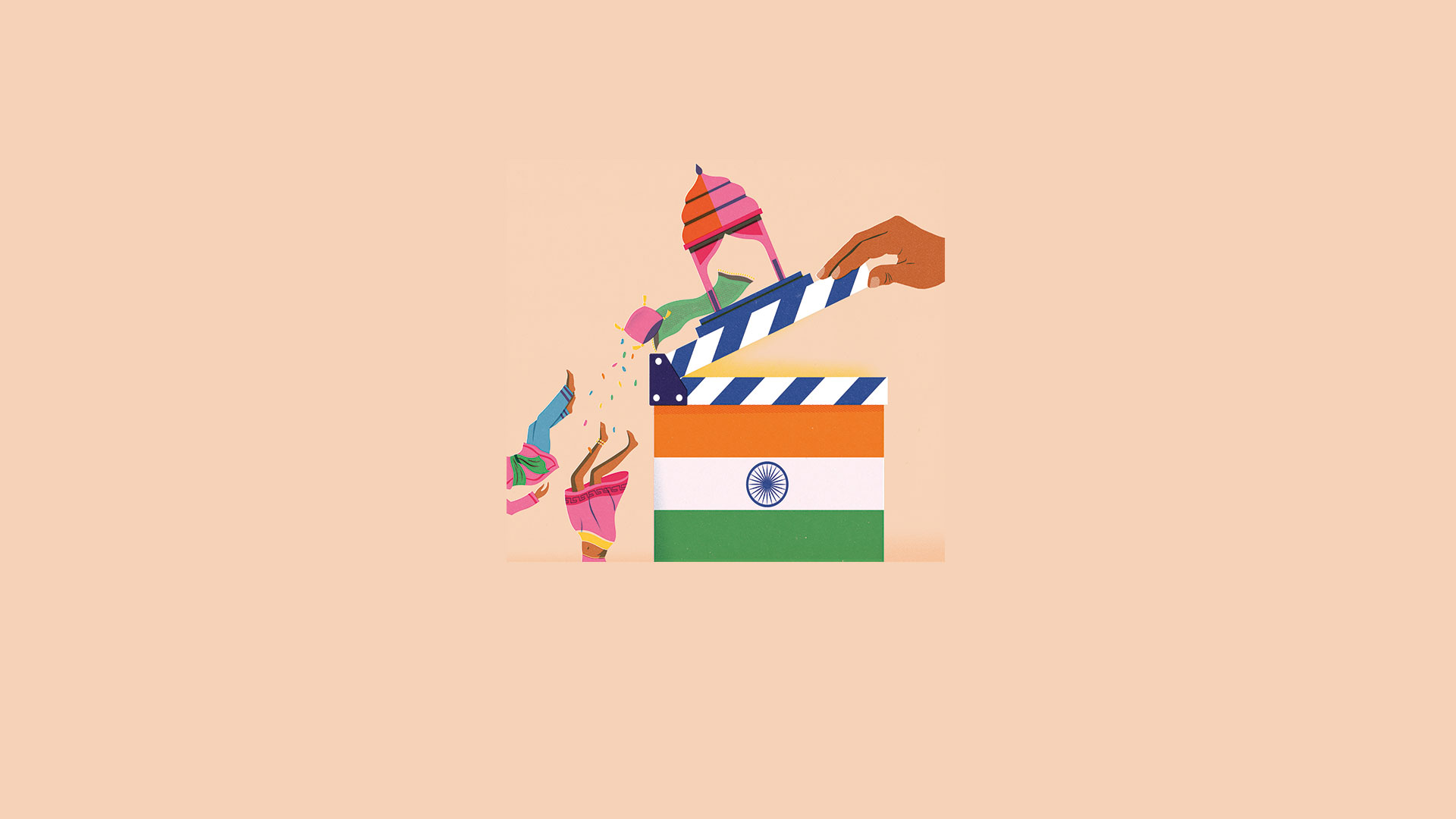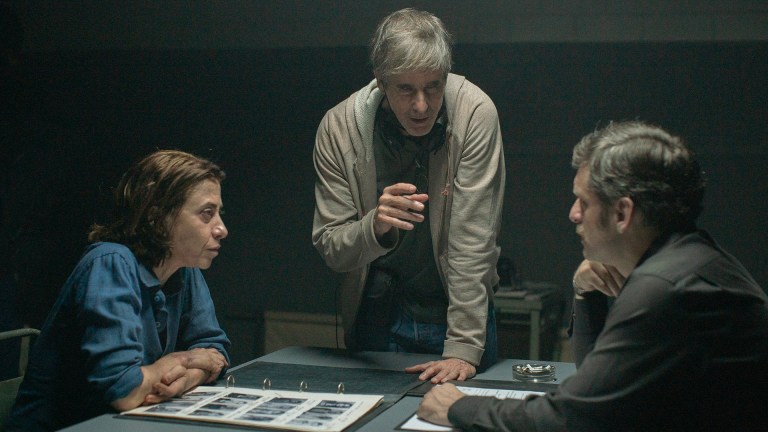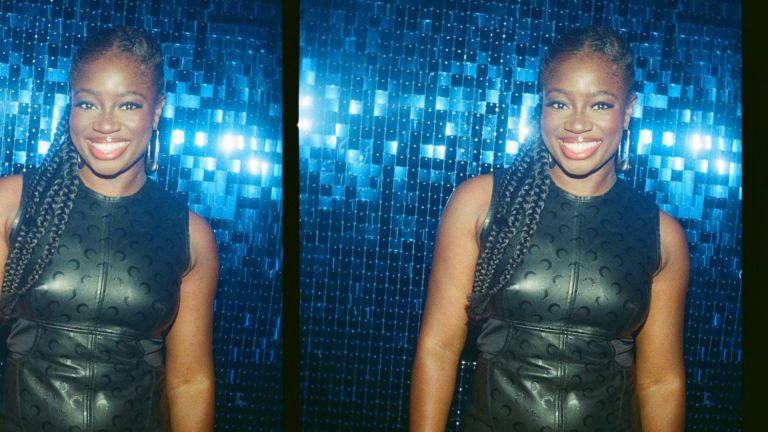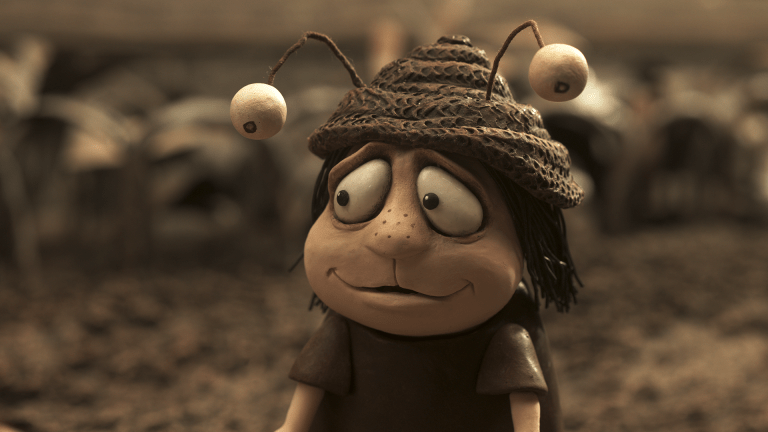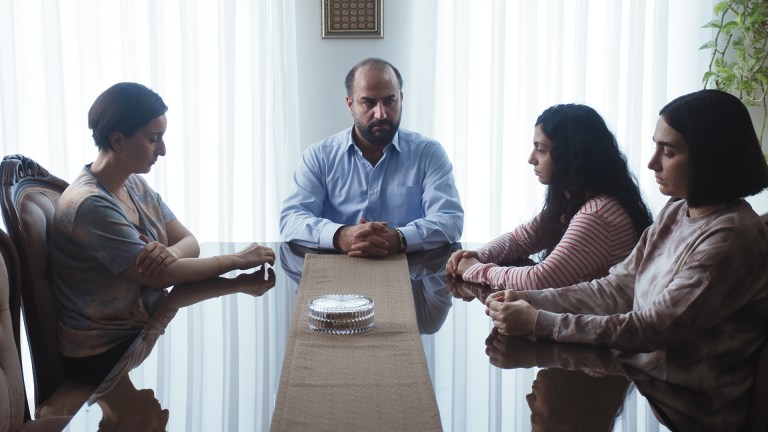Handsome hero Bharat is at a power lunch with an important businessman. The scene is tense, the dialogue is political; heavy close-ups as they eyeball each other. What’s at stake is nothing less than the future of cultural imperialism. Then, Bharat turns to camera and starts singing, “jab zero diya mere bharata ne”. A row of girls’ legs comes into view, Bharat is up and dancing, male dancers waft past in comedy kaftans and fake moustaches. Everyone’s gyrating. This has all gone a bit bonkers. But hey, this is an Indian film, so…
The West is very snobby about Indian cinema, treating it as a sort of exuberant but bungling younger brother. It’s as if Indian cinema hasn’t quite learned how to make proper films yet. But in fact Indian films have been around just as long as European and American ones. When the Lumière brothers made the first moving pictures in 1896, they gave demonstrations of them in London, Paris, New York – and Mumbai. The first full fictional Indian movie was Raja Harischandra, made by Phalke in 1913. It featured amazing costumes and advanced special effects. Nowadays the Indian film industry produces over 800 films a year and sells four billion tickets. In a way, it’s a bit of an insult to call it by a name derived from a village in California. Nevertheless, the word “Bollywood” has caught on.
But there’s more to Indian cinema than what we think of as Bollywood films – big-scale productions with overpopulated dance numbers, sizzling ‘item’ girls, macho fighting and long, long convoluted plots. For 50 years there has been a growing movement of what’s known as ‘parallel’ cinema, what in the West might be called indies, as in independents.
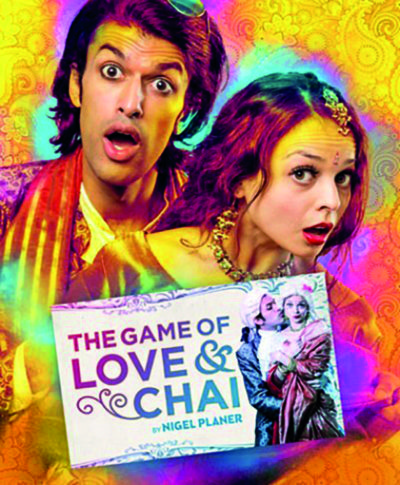
It was the films of Satyajit Ray and other ‘parallel’ directors such as Ritwik Ghatak, and Shyam Benegal who first turned me on to Indian cinema – haunting stories, subtle acting and a lingering camera. I used to go to see them whenever I could at the BFI. Later my tastes broadened to include Bollywood – I think it was watching something on a long-haul flight that got me hooked. Nowadays I always go to the Hindi section first. But, perhaps since Aamir Khan’s Lagaan (the one about the colonial cricket match), there has recently been a blurring of the lines between the light entertainment films and parallel dramas. Nowadays even mainstream, commercial Indian comedy films cover social topics and issues – like Peepli, about the suicide rate of displaced farmers, Toilet ek prem kahani, about improving the plumbing in India, and the latest, Pad Man, the true story of the entrepreneur who revolutionised the production of sanitary towels.
In the end I suppose it just depends on how rigidly you like to stick to the genre you are in, how anal you are about what should and shouldn’t be allowed into a story.
Meanwhile, things have turned nasty for Bharat. There’s been a big punch-up, a knifing, a shooting and a bloody death-bed scene with another song in it. The scenes I’m talking about are from Purab aur Paschim, a polemical film about the corruption of Indian culture by the West. The title translates as “East and West”, which I think, kind of sums it up.
